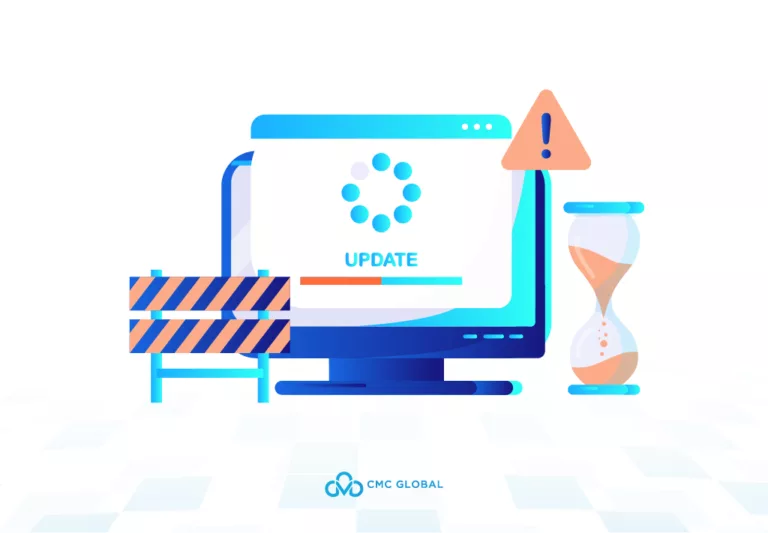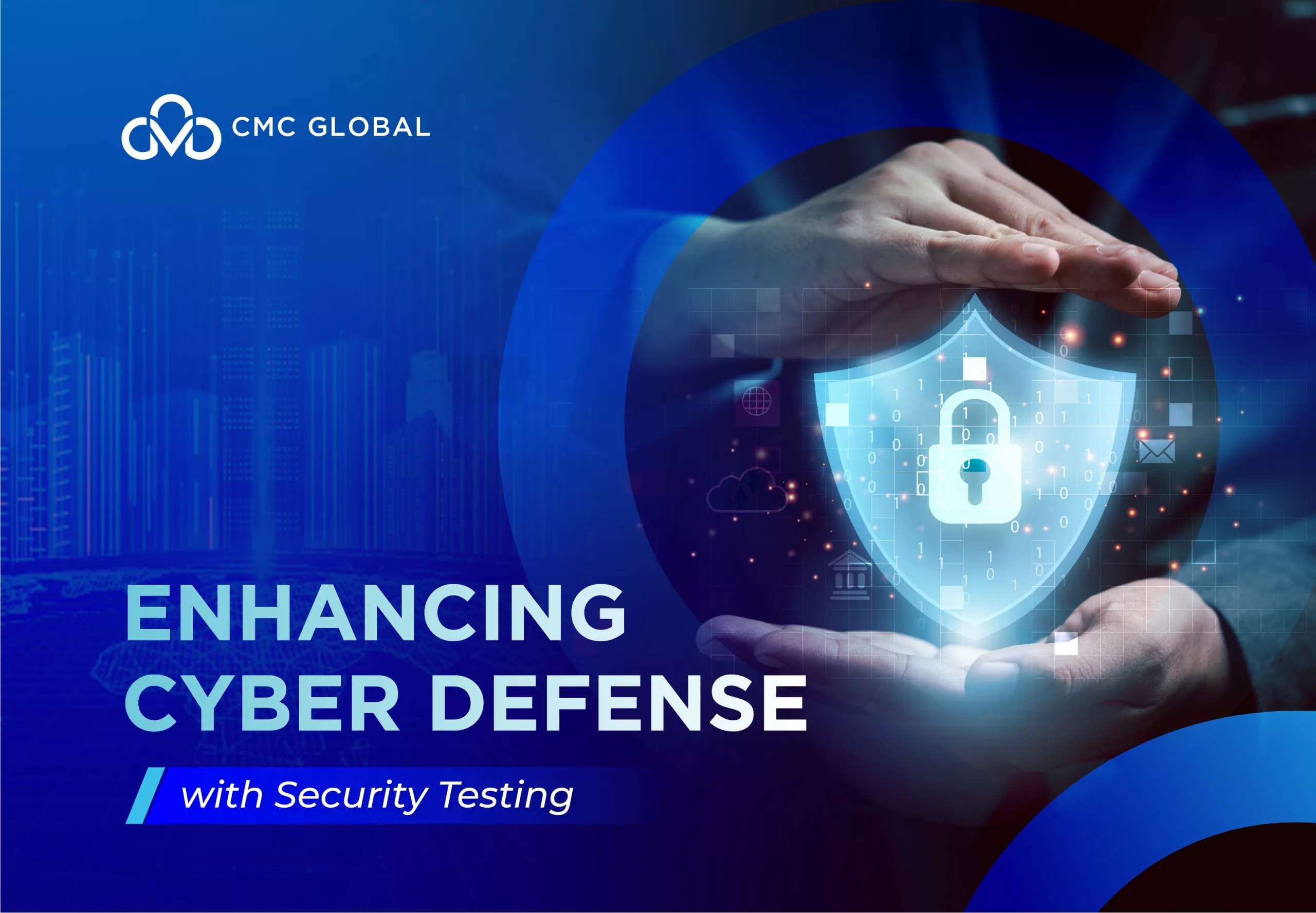Normally, we would think of computer software maintenance as a part of the Software Development Life Cycle. But do we all understand the real importance of it? In 2019, Tidelift – an Open Source organization, conducted a survey of software developers, resulting in thousands of answers. The result is surprising: developers spent less time developing new code (32%) than maintaining software – developers said that 35% of their time was spent on software maintenance. To be specific, most respondents (70%) spend from 11% to 50% on code maintenance. If you calculate based on the 40-hour work process, this figure equates to between 4.4 and 20 hours/per week! What a gap!
While other tech bloggers have reported spending an average of 50% of their time on computer software maintenance, this all comes down to the same problems: organizations are spending more on maintenance than pursuing new projects and getting things done.
Given this, what can organizations do to reduce the time spent on software maintenance and spend more time as well as effort to build new software development? In the last article, we know about types of Software Maintenance and what they actually mean in real life. Today, in this article, let’s find out how we can optimize the Computer Software Maintenance process!
Listen to your help desk.

If you want to know how war is, ask the frontline. So if you want to know which function is working well and which isn’t, no one can have a better view than the help desk. They are the ones to receive and solve all the questions and problems from users. So technically, they know which applications are most problematic and why.
All IT organizations need to patch help desk insights into their application development brainstorming and performance evaluations to identify areas of persistent application problems and failures successfully. Based on that, they can address the problems fully by repairing them or replacing them with another solution.
Finally, the knowledge gained from the application trouble hot spot at an organization’s help desk can be learned so that your team can avoid the same mistakes in other new software development.
Optimize your computer software maintenance team.

Software maintenance is a great start for new employees to begin their careers. Joining a maintenance team, they have the chance to get a thorough introduction to a variety of systems run by the company. The knowledge and experiences that they have gained through this will benefit them later, whether they choose to remain in maintenance or move to another part of the IT organization.
By giving the youths a chance to understand what’s running instead of creating new products, you are optimizing your team so that the experienced ones can put their effort into more complex tasks.
Engage QA

Testing is a vital part of the development process. Yes, but there are so many cases when your developer’s team needs who are up against tight deadlines have no other choice but to throw their work to QA at the very last minute. The terrible consequence of this scenario is that only some parts of the application testing get done before the deployment phase. That means they go right into production without being totally tested.
So, when the app goes live, there are high chances you must face some serious problem reports and troubleshooting, with fixes and workarounds resulting. Conversely, by thoroughly testing applications upfront for technical correctness, integration, and usability, post-production computer software maintenance can be drastically reduced. To facilitate this, project managers need to plug in and ensure adequate time for software QA.
Consider cloud

With those who are now still using broken on-premises legacy software, you may need to seriously consider putting an end to the endless maintenance process by moving to a cloud-based version of the software. CMC Global is among the most credible tech vendors who offer and support this kind of service offering.
In a scenario like this, computer software maintenance is moved out of the shop and into the hands of the vendor, leaving you free time to focus on your core business advantages. One disadvantage is that you must communicate back and forth usually to see when the fixes or enhancements you want are going to get done. But trust us, everything is worth it if you get to live with the inconvenience.
Get the applications that aren’t returning value a retirement
Technology is a thing that changes in seconds. From time to time, almost every organization has a legacy system that no longer delivers the value it used to. Basically, this is a time to consider sunsetting that system and planning to replace it with a new system.
The process of Rip and replace works when there are few needs to integrate the system with other software that is running. In cases where rip and replace is viable, you can shift much of your system maintenance for the new system to the supporting vendor.
Never miss the regression test.

Under the pressure of deadlines to get a project launched in time, never reduce the time by neglecting quality tests, especially the critical regression test. This kind of testing places any application that is newly modified in a simulated production environment with other applications to test and ensure that integration with these other applications and called routines are working properly.
When regression testing is skipped, the chances of risk heightens that a newly modified app will break or cause other pieces of systems to break because of a coding error that was introduced. This brings down systems and causes service outages.
Use a standardized procedure for the installation of new software releases

Whether it’s a security patch or a feature addition, or a fix, the installation of a new software release should be uniform and standardized as much as possible for all the devices the software runs on. This standardized procedure keeps the software release process organized. It relieves the pressure on the help desk and maintenance teams, especially in scenarios when software releases are not systematically distributed and different devices are running different releases of the software.




